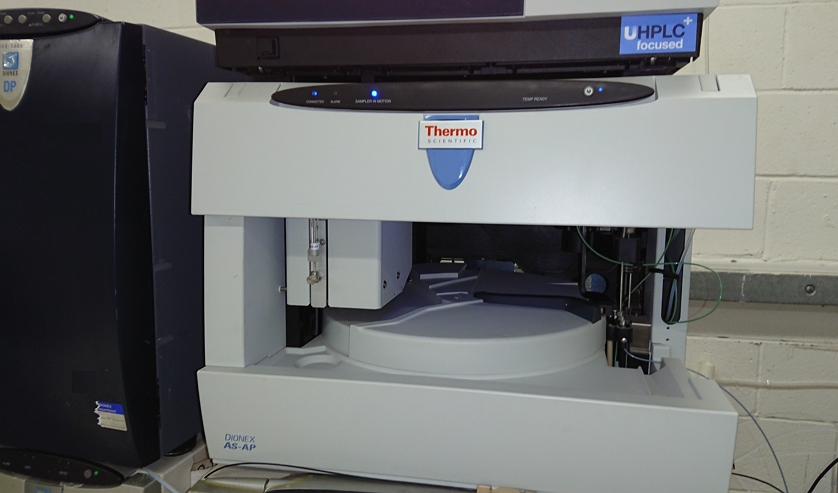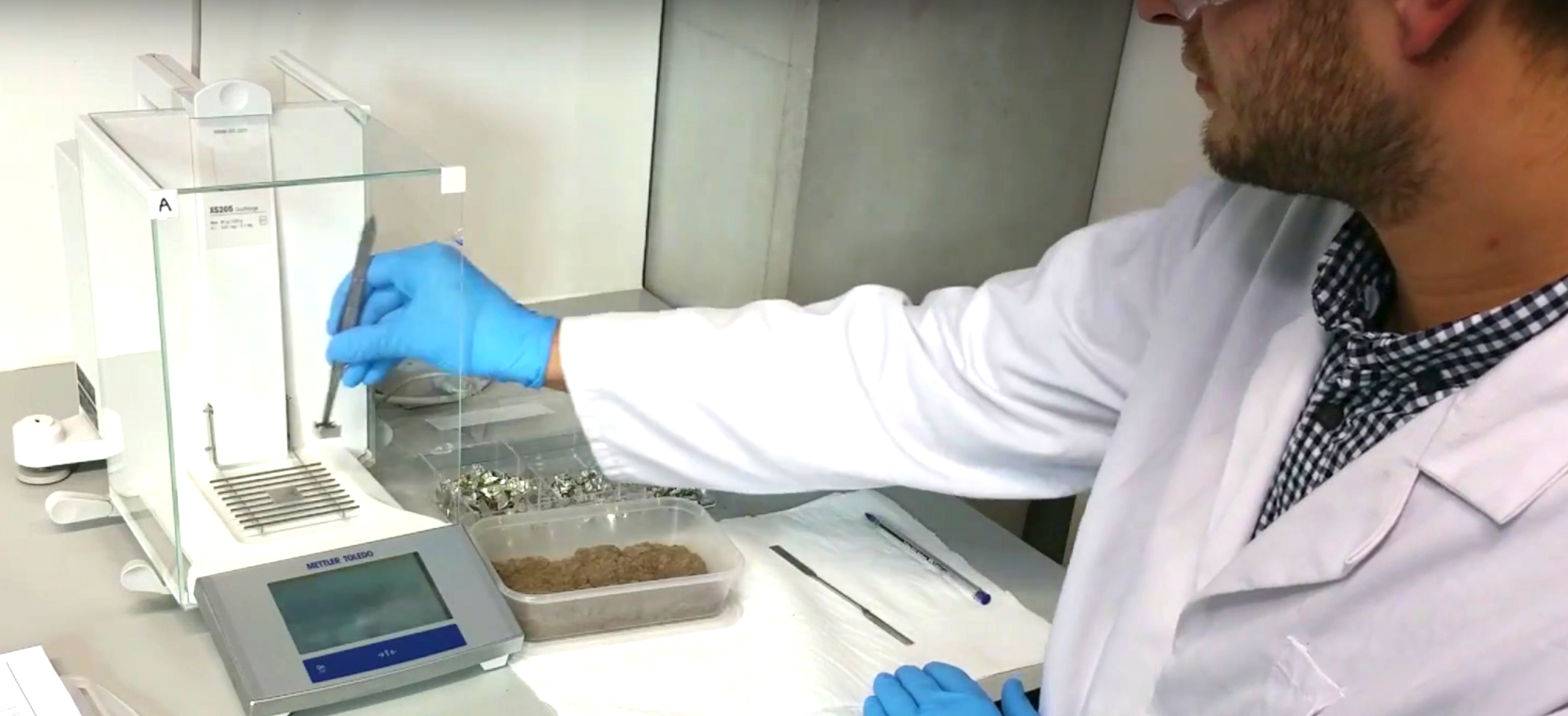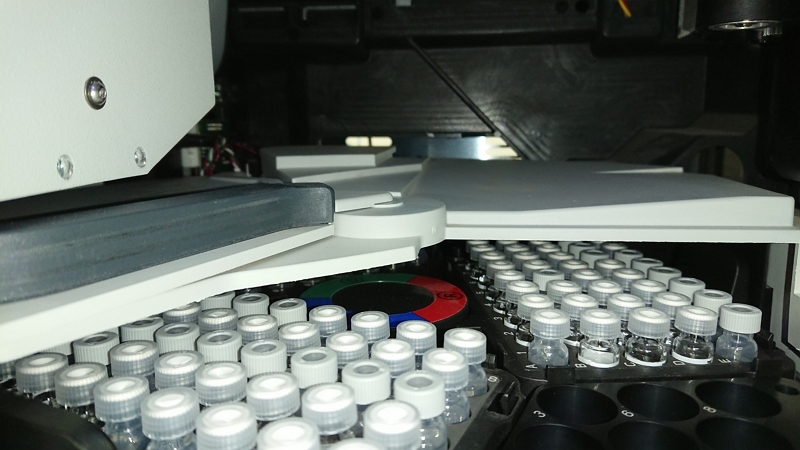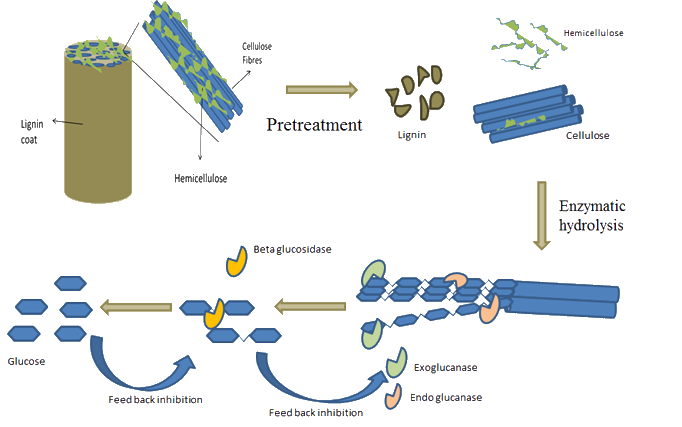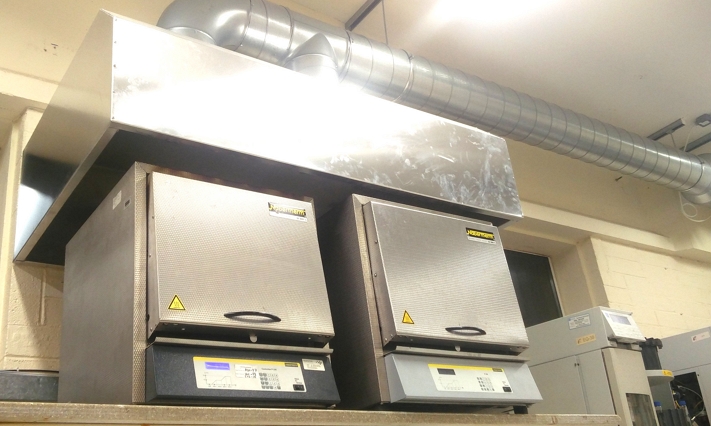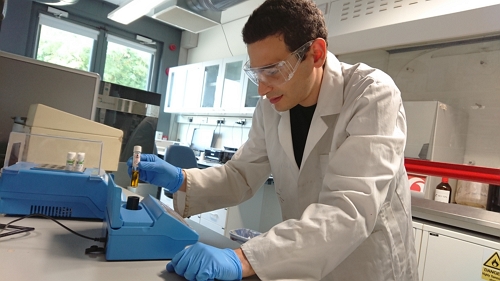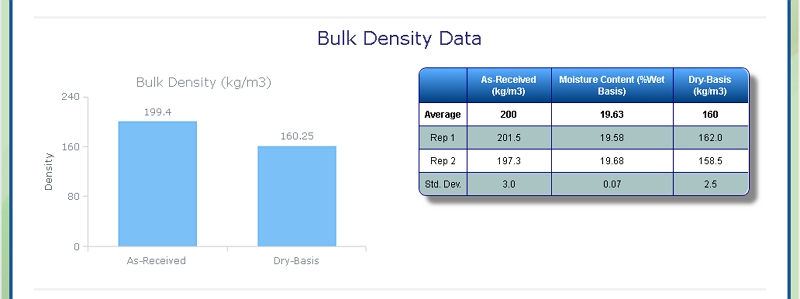Analysis of Willow
Background on Willow
When it is grown as an enery crop it is usually cultivated as a short rotation coppice. Under this practice the willow crop is typically harvested every 3-5 years.
Analysis of Willow at Celignis
Celignis Analytical can determine the following properties of Willow samples:
Lignocellulosic Properties of Willow
Cellulose Content of Willow
Click here to see the Celignis Analysis Packages that determine Cellulose Content
Request a QuoteCellulose Content
Hemicellulose Content of Willow
Click here to see the Celignis Analysis Packages that determine Hemicellulose Content
Request a QuoteHemicellulose Content
Lignin Content of Willow
Click here to see the Celignis Analysis Packages that determine Lignin Content
Request a QuoteLignin Content
Starch Content of Willow
Click here to see the Celignis Analysis Packages that determine Starch Content
Request a QuoteStarch Content
Uronic Acid Content of Willow
Click here to see the Celignis Analysis Packages that determine Uronic Acid Content
Request a QuoteUronic Acid Content
Enzymatic Hydrolysis of Willow
Click here to see the Celignis Analysis Packages that determine Enzymatic Hydrolysis
Request a QuoteEnzymatic Hydrolysis
Bioenergy Properties of Willow
Ash Content of Willow
Click here to see the Celignis Analysis Packages that determine Ash Content
Request a QuoteAsh Content
Heating (Calorific) Value of Willow
Click here to see the Celignis Analysis Packages that determine Heating (Calorific) Value
Request a QuoteHeating (Calorific) Value
Ash Melting Behaviour of Willow
Ash Shrinkage Starting Temperature (SST) - This occurs when the area of the test piece of Willow ash falls below 95% of the original test piece area.
Ash Deformation Temperature (DT) - The temperature at which the first signs of rounding of the edges of the test piece occurs due to melting.
Ash Hemisphere Temperature (HT) - When the test piece of Willow ash forms a hemisphere (i.e. the height becomes equal to half the base diameter).
Ash Flow Temperature (FT) - The temperature at which the Willow ash is spread out over the supporting tile in a layer, the height of which is half of the test piece at the hemisphere temperature.
Click here to see the Celignis Analysis Packages that determine Ash Melting Behaviour
Request a QuoteAsh Melting Behaviour
Major and Minor Elements in Willow
We can also determine the levels of 13 different minor elements (such as arsenic, copper, and zinc) that may be present in Willow.
Click here to see the Celignis Analysis Packages that determine Major and Minor Elements
Request a QuoteMajor and Minor Elements
Analysis of Willow for Anaerobic Digestion
Biomethane potential (BMP) of Willow
However, there have been a number of studies that have shown that the biochemical methane potential of willows can be significantly increased following a pre-treatment that makes the lignocellulosic matrix of the feedstock more amenable to hydrolysing anaerobes.
Click here to see the Celignis Analysis Packages that determine BMP
Request a QuoteBMP
Physical Properties of Willow
Bulk Density of Willow
At Celignis we can determine the bulk density of biomass samples, including Willow, according to ISO standard 17828 (2015). This method requires the biomass to be in an appropriate form (chips or powder) for density determination.
Click here to see the Celignis Analysis Packages that determine Bulk Density
Request a QuoteBulk Density
Particle Size of Willow
However, there have been a number of studies that have shown that the biochemical methane potential of willows can be significantly increased following a pre-treatment that makes the lignocellulosic matrix of the feedstock more amenable to hydrolysing anaerobes.
Click here to see the Celignis Analysis Packages that determine Particle Size
Request a QuoteParticle Size
The processing of lignocellulosic materials in modern biorefineries will allow for the
production of transport fuels and platform chemicals that could replace petroleum-derived
products. However, there is a critical lack of relevant detailed compositional information
regarding feedstocks relevant to Ireland and Irish conditions. This research has involved the
collection, preparation, and the analysis, with a high level of precision and accuracy, of a
large number of biomass samples from the waste and agricultural sectors. Not all of the
waste materials analysed are considered suitable for biorefining; for example the total sugar
contents of spent mushroom composts are too low. However, the waste paper/cardboard
that is currently exported from Ireland has a chemical composition that could result in high
biorefinery yields and so could make a significant contribution to Irelandís biofuel demands. | ||





